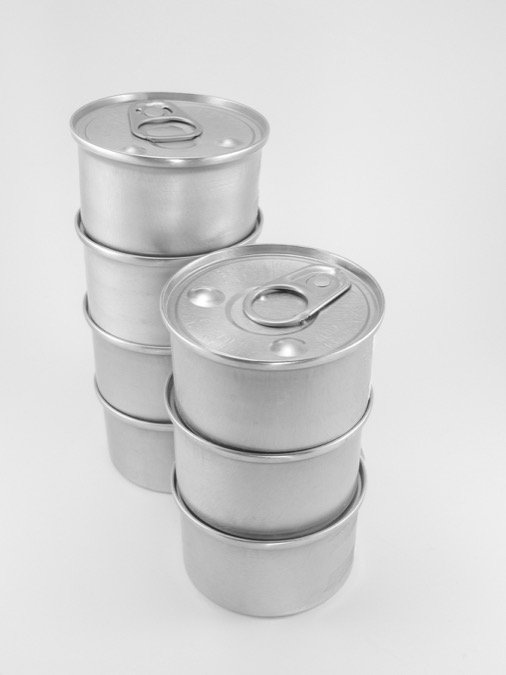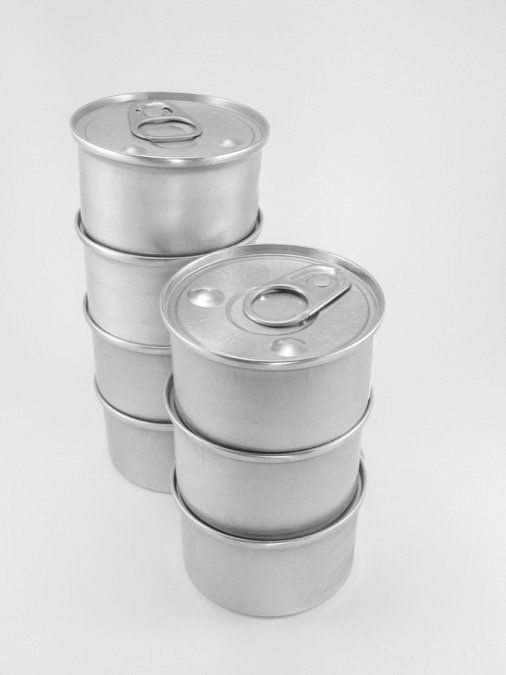Are preservatives safe?
Q: I remember that there used to be a lot of talk about the dangers of BHA, BHT and ethoxyquin used as preservatives in certain pet foods. Have they been replaced by different ingredients, or are there simply fewer concerns about them now?
Elizabeth M. Randall
A: Dear Elizabeth: There is currently less discussion about these synthetic preservatives mainly because they have largely been replaced in most dry commercial pet foods. Interestingly, they were removed because of consumer demand for naturally preserved products — not because there was actual evidence that they are harmful.

© Simplyzel | Dreamstime
Most pet foods are now preserved with mixed tocopherols (vitamin E derivatives), citric acid and/or rosemary extract. Curiously, there is less data on safety and efficacy of these natural products than there are for the synthetic preservatives, yet they appeal to consumers because they are “natural.”
There is some evidence that natural preservatives may not be as effective as synthetic preservatives, so this change does place more responsibility on pet food manufacturers to insure that their products are adequately preserved to provide appropriate nutrition throughout the shelf life of the product. Additionally, pet owners are encouraged to check the expiration date on food bags before purchasing.
If pet owners want to avoid preservatives entirely, they can feed their pets a diet of canned food, which utilizes the canning process to keep food from going bad.
Cailin Heinze, VMD, MS, DACVN
Assistant Professor of Nutrition
Cummings School of Veterinary Medicine at Tufts University
Cats suffer from acne, too
Q: Lately, I’ve noticed that my cat Fred has small black dots on his chin and around his mouth. Is this something that I should be worried about? They don’t seem to bother him, but I want to make sure it’s nothing serious. Thanks for any advice.
Georgianne Newell
A: Dear Georgianne: Quite simply, your cat is suffering from acne. The small black dots that you have noticed are dilated hair follicles, filled with sebaceous secretions and sometimes inflamed. The cause of feline acne is not completely understood — but it is believed that there is a hyperproduction of sebum, with secondary inflammation and bacterial or yeast infection.
In most cats this is a rather benign process, restricted to the chin. This sounds like the case with your cat, Fred. You can clean the area two or three times a week with chlorhexidine-based shampoo or chlorhexidine pads to prevent the condition from worsening. (We usually recommend Douxo Chlorhexidine shampoo or pads, which can be found online.)
In some cats, the acne is more severe and the skin of the chin becomes inflamed and develops small scabs (papules and pustules). This can be the consequence of an infection, and your cat may then require antibiotic or antifungal treatment. If that’s the case, you need to consult with your veterinarian.
Lluis Ferrer, DVM, PhD, DECVD
Professor of Veterinary
Dermatology
Cummings School of
Veterinary Medicine





In my cats, I must feed all of them in glass bowls as the allergy to plastic is a well known fact. Also a flater bowl that does not hit their whiskers is best as some kittys are very sensitive to things touching their whiskers. Does she quickly remove a mouthful before eating?—- that’s why!!